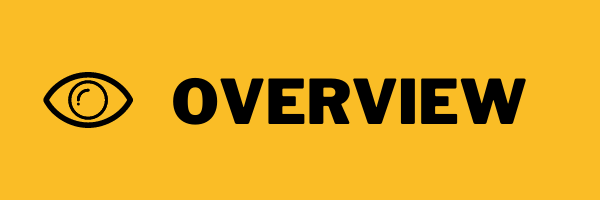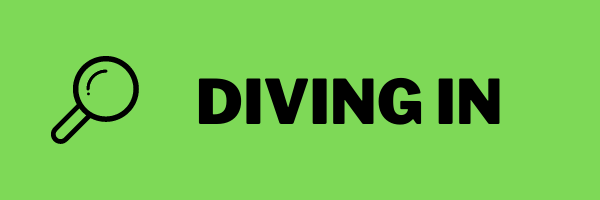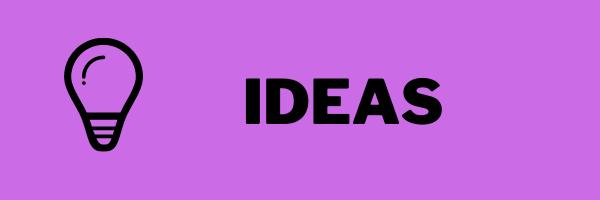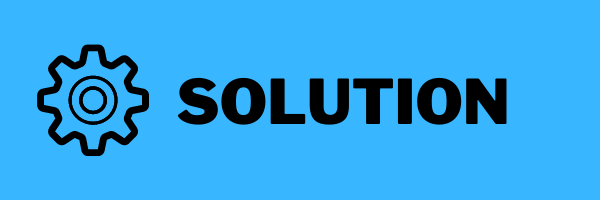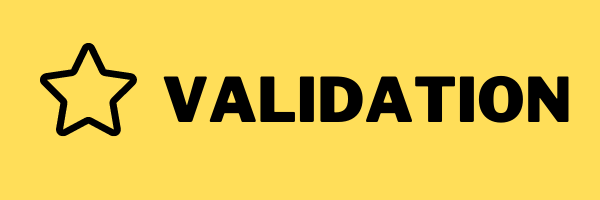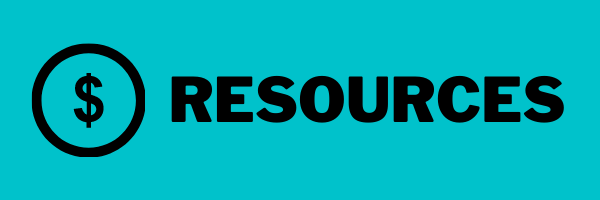Temporary Classroom Design
By: Lauren Behnke
By: Lauren Behnke
Project at a Glance :
This project will allow 3rd graders to design the library space we will be using as our temporary classroom until construction is finished on our permanent room. We will use aspects of geography we have studied such as absolute and relative location, maps, compass, and human/environment interaction.
Driving Question:
How can we set up our classroom to help every student learn?
|
Standards:
|
Stakeholders:
|
Incubation:
Utilize a reflection page from PBL works or Design Thinking Toolbox.
|
|
Solution Building:
|
Authentic Audience:
|
Click here for teacher's full plan.
Reflection and Feedback:
|
